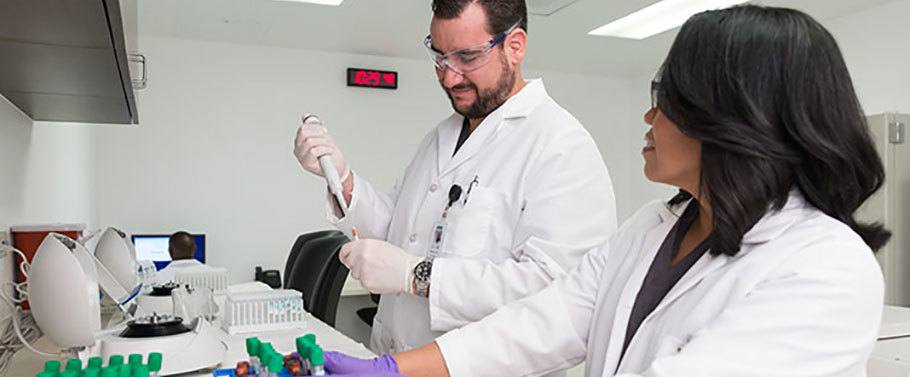
The Benefits of Glucose Clamp Procedures in Clinical Trials

Adalberto Barba Jr., director of clinical operations, early development, at PPD’s clinical pharmacology unit in Las Vegas, Nevada, discusses the site’s capabilities in glucose clamp studies.
Clinical research studies that include the glucose clamp technique are typically part of complex clinical trials. At PPD’s Las Vegas clinical pharmacology unit, we have the capability and experience to conduct many studies that include this method. The glucose clamp technique is the gold standard by which to measure the pharmacodynamic effect of a hypoglycemic agent, an essential component of the early stages of a product’s clinical trial path. Our experienced Las Vegas team has performed multiple types of clamp trials in the past for diabetes therapies, including euglycemic clamp studies, hyperinsulinemic-euglycemic two step clamp studies, hypoglycemic clamp studies and multi-plateau clamp studies.
Though typically more challenging to oversee, there are numerous benefits to conducting trials that include the glucose clamp procedure. For instance, PPD’s pharmacology unit has the capability to acquire plasma glucose through a closed-loop system. A closed-loop system acts as a control that allows researchers to gather not only more data points, but a higher quality of data. That’s because a closed-loop system obtains plasma glucose on five-minute intervals, as opposed to longer stretches of time with typical manual clamp procedures, which allows for a better grasp of plasma glucose fluctuations. Glucose clamp procedures consistently provide precise, pharmacodynamic data with well-controlled plasma glucose concentration due to the frequent sample gathering and with the minimum amount of blood loss. This limited variability around the target levels gives researchers the best possible data to analyze throughout the trial.
Though usually part of complex clinical trials, glucose clamp studies provide numerous benefits
Another advantage that comes with conducting studies that include glucose clamp procedures is the benefit to the patient experience. The Las Vegas staff maintains PPD’s commitment to patient centricity when conducting these procedures in trials by providing a well-controlled environment. Working on longer time intervals through glucose clamp procedures offers a more comfortable patient experience, since fewer changes are necessary to gather data. The clinic offers registered nurse-based oversight, which provides a safer environment to perform the clamp studies. Additionally, the staff at the clinical pharmacology unit that conducts the glucose clamp procedures helps provide valuable support for clients that may not have experience or exposure to these types of trials—from both a technical and scientific perspective. Ensuring clients have the best possible support from our experienced team when conducting these trials means more focus on the patient experience as well.
PPD’s experience in glucose clamp studies increases patient centricity during these complex clinical trials.
PPD continues to bend the cost and time curve of drug development through its offering of glucose clamp procedures in clinical trials, given the efficiency and effectiveness of the technique, and helps us enhance our patient experience in the process.